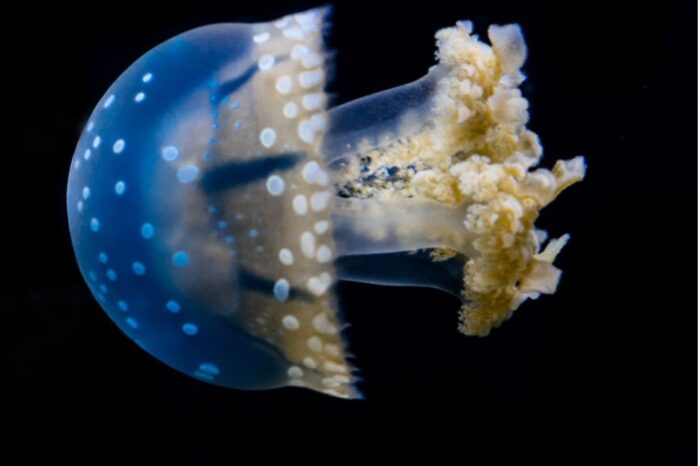THE HIGH SEAS TREATY – PROTECTING THE WORLD’S OCEANS
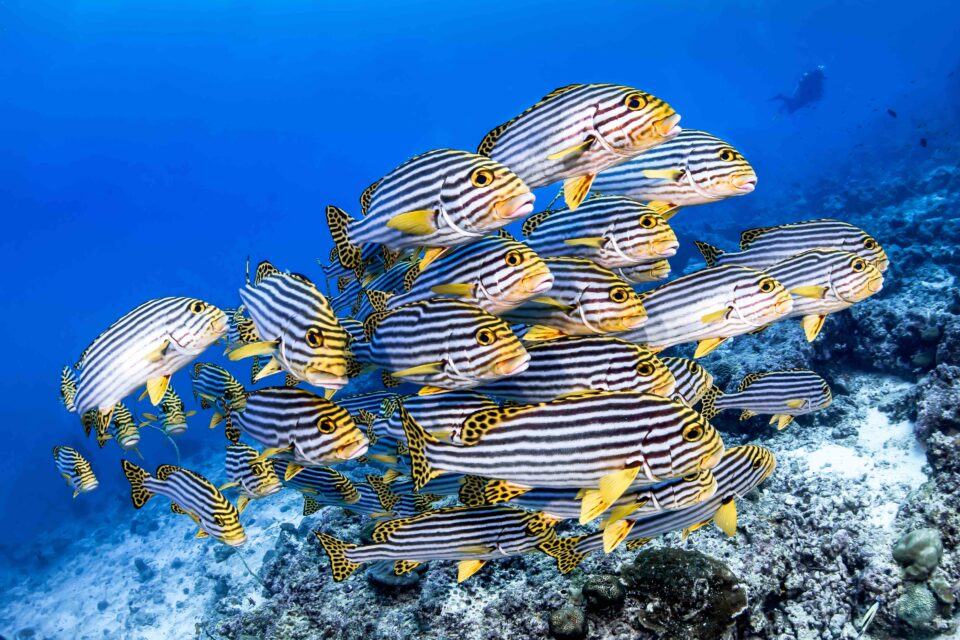
LANDMARK AGREEMENT
The world has finally reached a historic agreement, aiming to place 30 percent of the seas into protected areas by 2030, to give the marine environment a chance to recuperate, build resilience to climate change and protect the lives and livelihoods of billions of people.
ESTABLISHING THE LIMITS
The High Seas Treaty was formulated on 4 March 2023, after 38 hours of talks, at the UN headquarters in New York. The negotiations had been held up for years over disagreements on funding and fishing rights. This agreement would establish limits on how much fishing can take place, the routes of shipping lanes and exploration activities like deep sea mining – when minerals are taken from a sea bed 200m or more below the surface.
LAW OF THE SEA
The last international agreement on ocean protection was signed 40 years ago in 1982 – the UN Convention on the Law of the Sea. That agreement established an area called the high seas – international waters where all countries have a right to fish, ship and do research – but only 1.2 percent of these waters were protected. Marine life living outside these protected areas has been at risk from climate change, overfishing and shipping traffic.
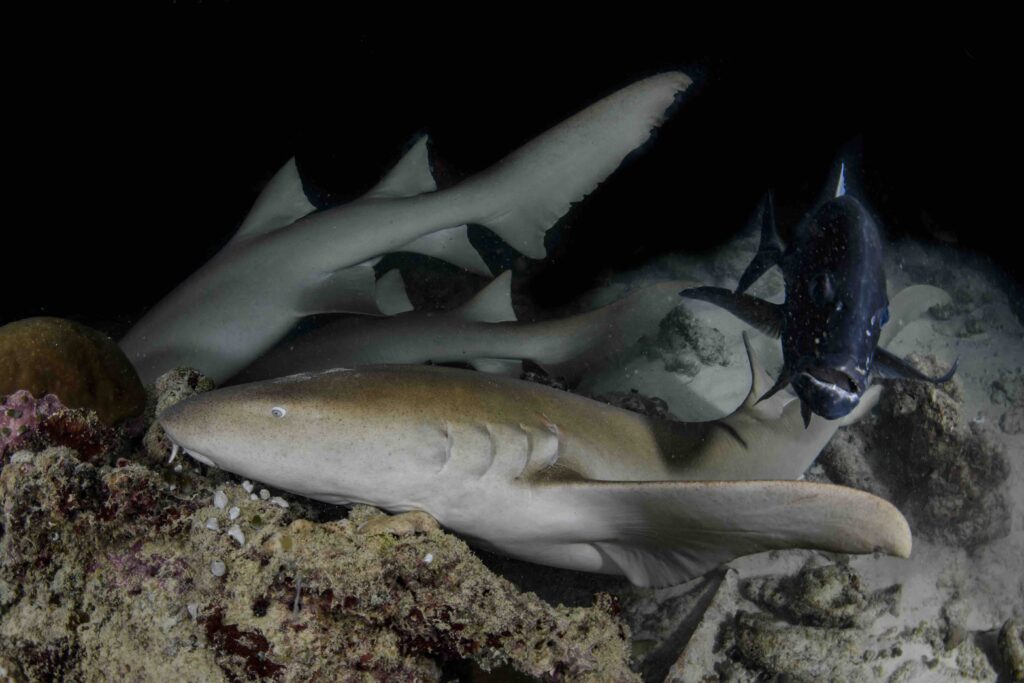 LATEST ASSESSMENT
LATEST ASSESSMENTFUTURE MARINE ACTIVITIES
With the new treaty, the International Seabed Authority will ensure that any future activity in the deep seabed will be subject to strict environmental regulations and oversight to ensure that they are carried out sustainably and responsibly.
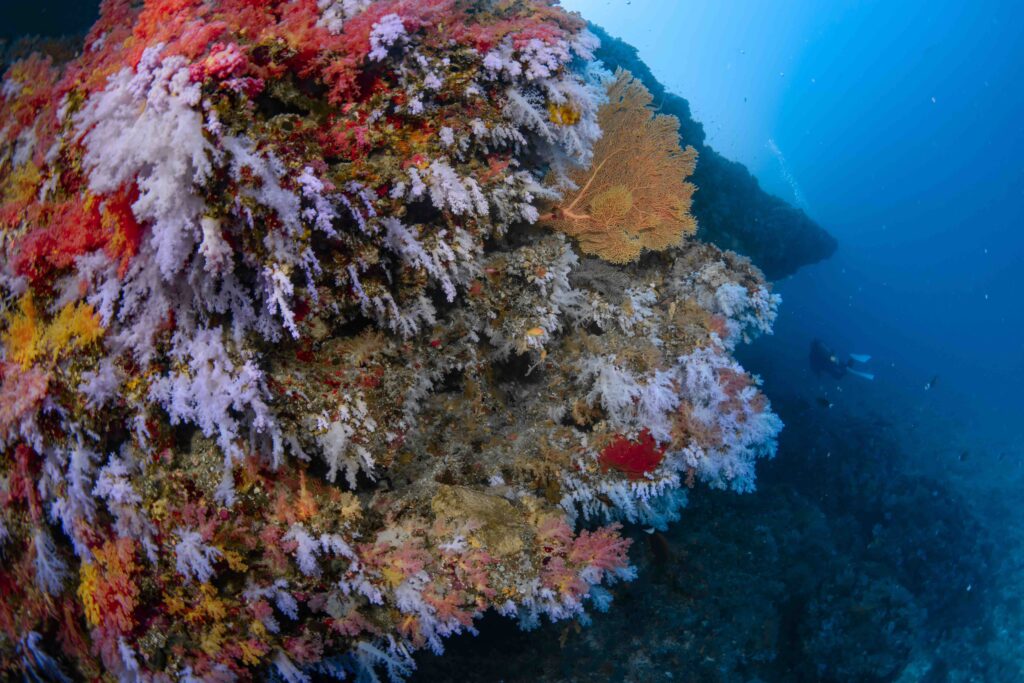 SHARING RESOURCES
SHARING RESOURCES
The agreement took a long time to reach a consensus because the main issue was over the sharing of marine genetic resources. These are are biological material from plants and animals in the ocean that can have benefits for society, such as pharmaceuticals, industrial processes and food.
Richer nations currently have the resources and funding to explore the deep ocean but poorer nations wanted to ensure any benefits they find are shared equally.
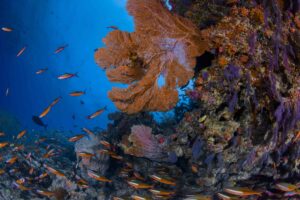 A HISTORIC DAY FOR CONSERVATION
A HISTORIC DAY FOR CONSERVATIONCountries will need to meet again to formally adopt the agreement and then have plenty of work to do before the treaty can be implemented.

